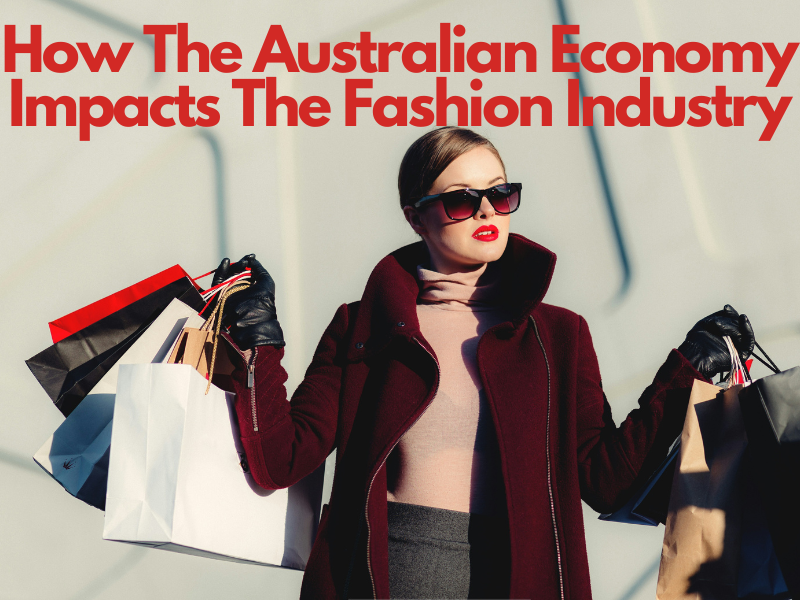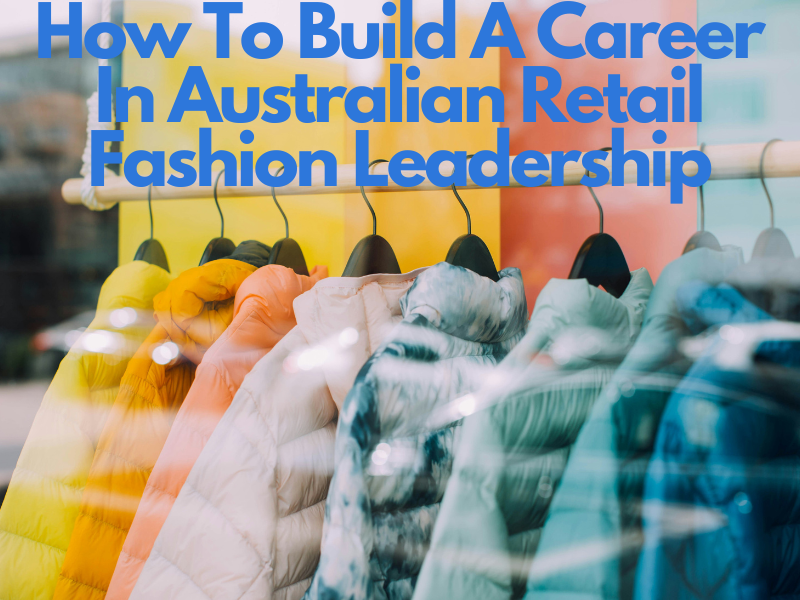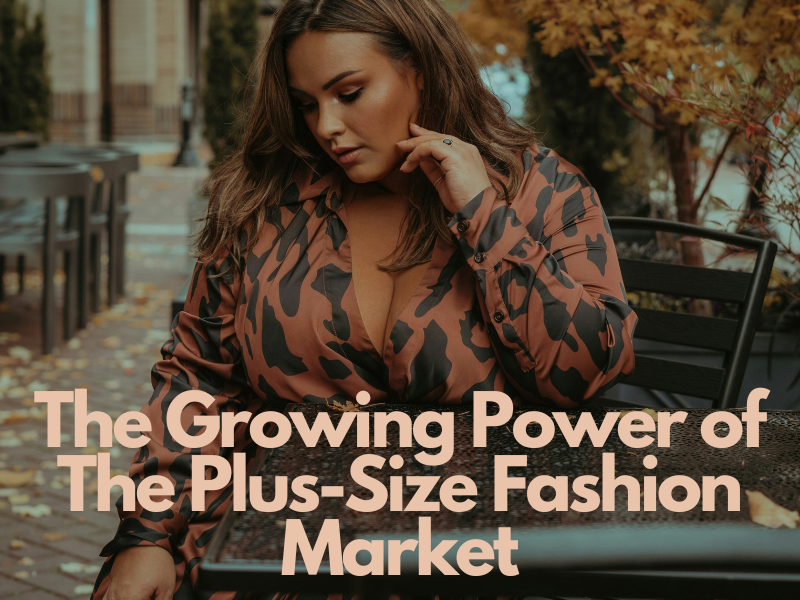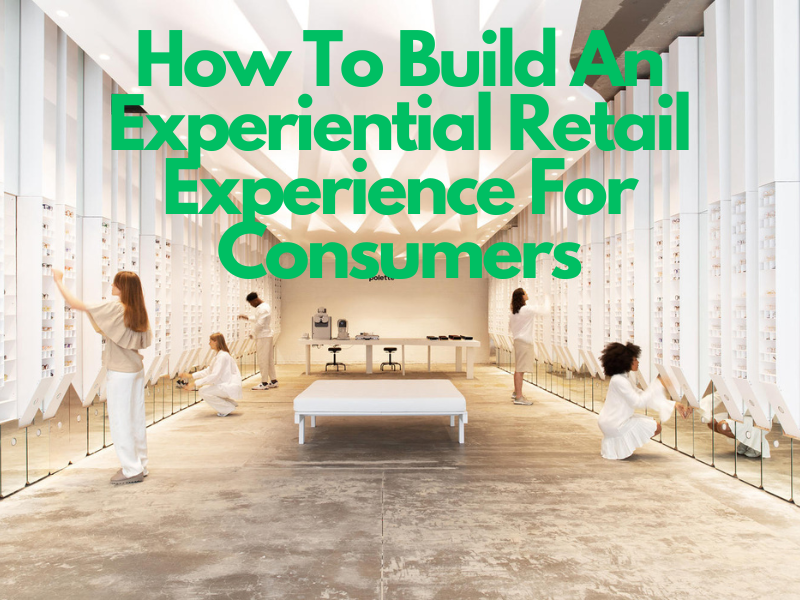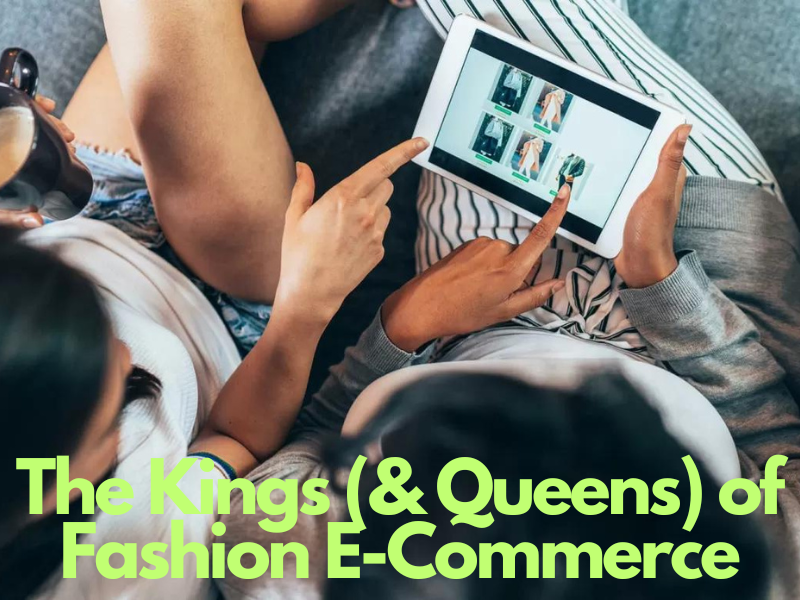Fashion: Powered by Generative AI
One thing’s for certain in the world of fashion, and that is constant innovation. Fashion continues to push the envelope with regards to experimentation in design and material. The impact of AI on fashion has resulted in a re-definition of creativity and how we approach the shopping experience. The future of fashion seems boundless when you consider how AI might shape its potential. There’s been a range of predictions and experimentation in fashion circles with a range of AI offshoots like NFT’s (Non Fungible Tokens), Augmented and Virtual Reality.
According to a
McKinsey report, some of the potential use cases for AI in fashion include:
Product
- Converting fashion sketches into designs for 3D models
- Providing new ideas, variations of design and inspiring imagery and style
- Customising products for individual customers
Author and futurist
Kevin Kelly once said, "The business plans of the next 10,000 startups are easy to forecast: Take X and add AI." In fashion, this equation translates to "Take design and add AI." In Australia, fashion designers are leveraging AI to automate various aspects of the creative process. AI Image generators involve using generative AI to influence upcoming fashion trends. AI algorithms can predict fashion trends and analyse customer insights, ensuring designs are more likely to be popular with consumers. H&M trials designs with its customers to better understand which ones appeal most to customers. This data is used via a
generative adversarial network (GAN) which proposes new designs in line with customer needs and current trends.
Sustainability
If AI is able to more accurately target consumer demand, this should play out to a reduction in production and overall impact on the fashion’s environmental footprint. Dr. Kate Fletcher, a renowned researcher in fashion sustainability, asserts, "AI plays a pivotal role in reducing the environmental footprint of the fashion industry. By optimizing supply chains and predicting consumer demand, AI can minimize overproduction and resource waste."
Marketing
- Predict trends, changes to consumer behaviour and simplify data from buying patterns
- Automation of consumer segmentation data
- Personalise marketing content based on consumer insights
- Develop content, reducing writer’s block for marketing teams
- Digital commerce and consumer experience:
- Generate sales descriptions based on prior successful sales posts
- Virtual product try-on and demos to individual consumers
- Enhance intelligent AI agents (such as conversational chatbots, virtual assistants) and self-service to address advanced customer enquiries
There are great opportunities for AI to provide a more personalised consumer experience. General retailer Zalondo uses Chat GPT to help customers find products to meet their needs. Customers can ask questions and the tool with respond with suggestions based on the criteria given to customers.
Supply Chain & Logistics
- Compiling data for supply chain partners
- Robot automation for warehouses
- Automation of the returns process for consumers
Next, a UK Retailer, uses generative AI to write responses to customer enquiries. This reduces the time and impact on Customer Service staff.
We’d love to speak to clients and candidates on any experience they have working with Generative AI.
Permanser Consulting - Recruitment Specialists in the Fashion / Textile / Lifestyle / Accessories Industries.
Tanya, Amy & Natalie at Permanser Consulting
E admin@permanser.com.au
P (03) 9654 5988


